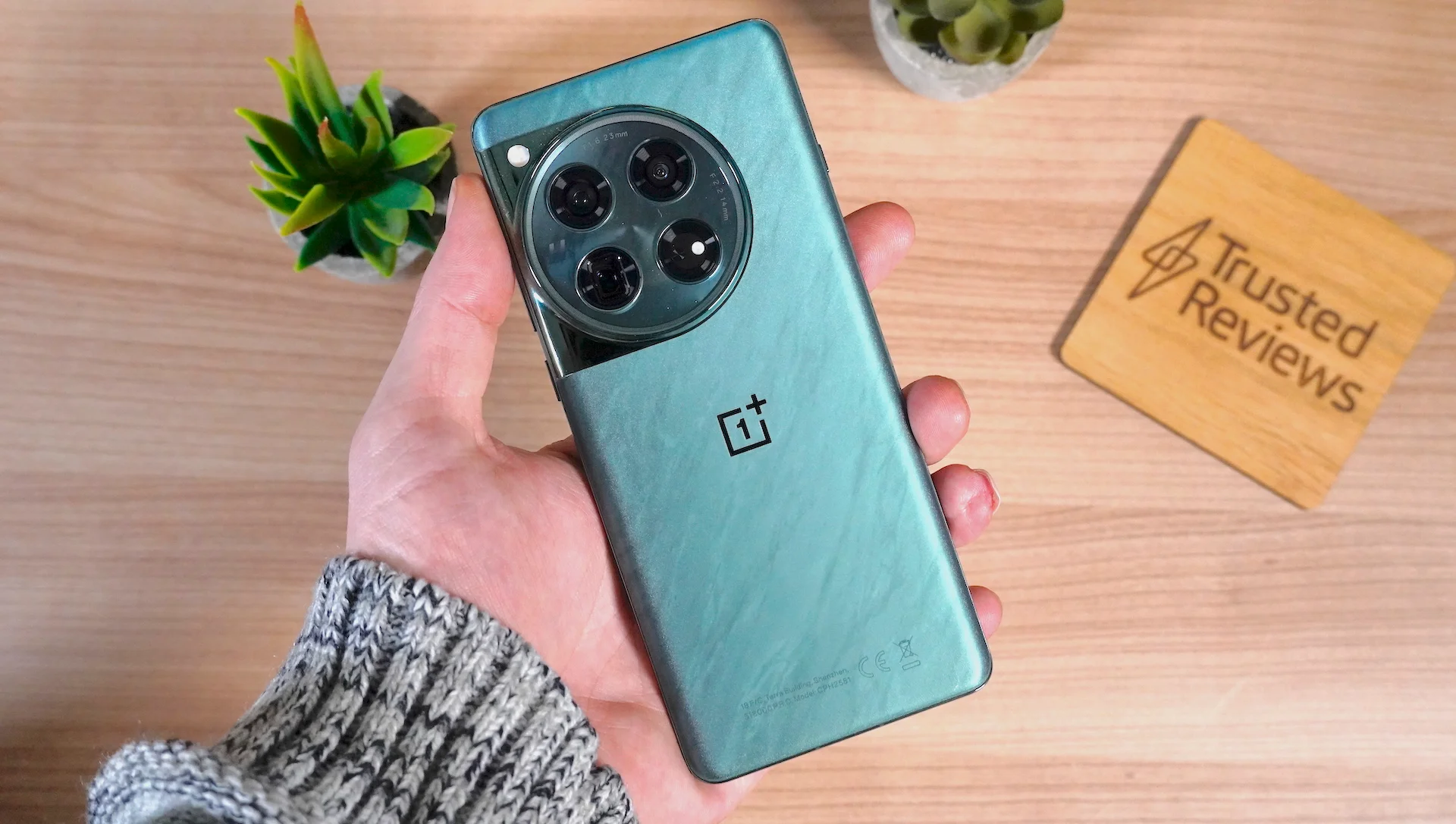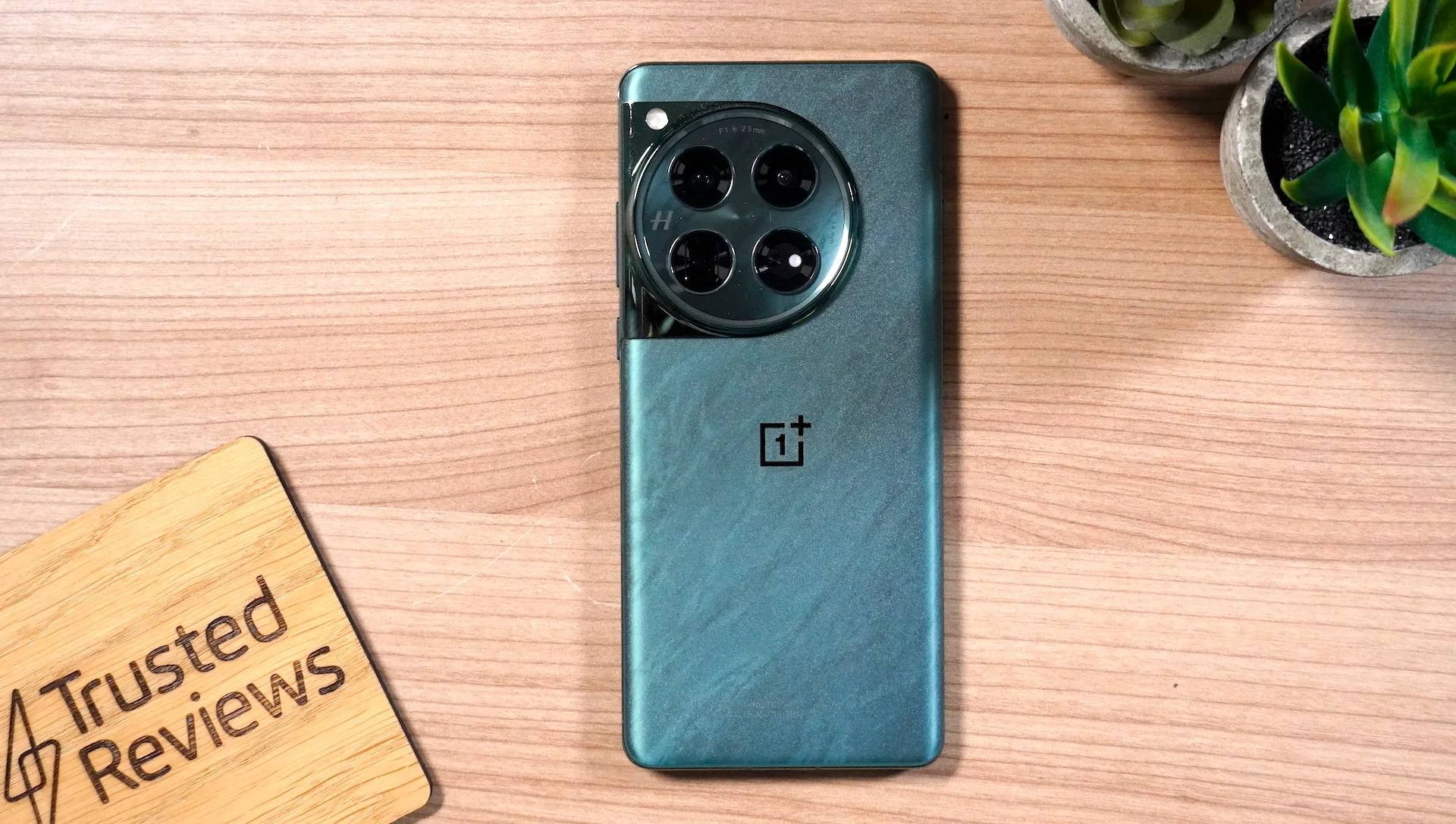OnePlus 12 Key Points:
– The New OnePlus 12 is now available for purchase, starting at $799.
– For a limited period, OnePlus 12 is providing a complimentary upgrade, doubling the storage from 256GB to 512GB, and including a free 50W wireless charging dock.
– This device represents OnePlus’s most comprehensive offering to date, featuring market-leading charging speeds (both wired and wireless), a top-tier camera system, high-quality build, and dependable performance.
– While the absence of generative AI features may be noticeable, it may not be a concern for many users.
Today,OnePlus 12 is unveiling its inaugural smartphone for 2024, building on the success of last year’s impressive OnePlus 12 Open foldable. However, the timing is a bit peculiar—not due to the fact that the OnePlus 12 was already revealed in China last December, but because it’s making its debut in the US just one week after Samsung’s Galaxy S24 series introduction.
The focal point of Samsung Unpacked was undoubtedly AI, marking it as the dominant mobile trend for the year. This trend is expected to take center stage in upcoming phone, tablet, and laptop releases. The OnePlus 12 also incorporates elements of AI, but it boldly positions itself as a device primarily focused on being a phone, with AI serving as a secondary companion. Personally, I find this approach preferable.
My admiration for the OnePlus 12 is just one chapter in a larger narrative. This device stands out as the most comprehensive offering from a company known for addressing crucial yet often overlooked details—such as the absence of wireless charging, an improved low-light camera, or an official IP rating. Remarkably, the OnePlus 12 incorporates all three of these features, and it does so at a highly competitive price in today’s market: starting at $799.
Although the current price marks a $100 increase from last year’s OnePlus 11, the enhanced user experience is strikingly evident. From the luxurious marble-like FlowyEmerald finish to the efficient RAM optimization (up to 16GB), the differences are noticeable. On my desk are the OnePlus 12, Samsung Galaxy S24 Plus, and Google Pixel 8 Pro, alongside other phones that are currently under embargo. Among these, the OnePlus stands out as the most appealing to me. Its curved edges contribute to a comfortable grip, and I find no difficulty in pressing any of the buttons.

Correction: Pressing the buttons on the OnePlus 12 poses no difficulty for me, except for the alert slider, which has been relocated to the upper left side of the phone. The switch from “Ring” to “Vibrate” to “Silent” now involves a toggle, and the physical act feels a bit more cumbersome than it ideally should. Nevertheless, I appreciate OnePlus’ industrial design, which stands out more distinctly now that both Samsung and Google have officially moved away from the curved glass form factor.
Under the hood, the OnePlus 12 runs on a Qualcomm Snapdragon 8 Gen 3, delivering enhanced day-to-day performance and increased efficiency for on-device AI applications. I’ve encountered no issues pushing the phone to its limits, whether it’s handling video editing on Premiere Rush, playing resource-intensive games like Fortnite and Genshin Impact, or multitasking with Picture-in-Picture (PiP) video playback. Despite the advertised peak brightness of 4,500 nits, surpassing even the Galaxy S24, I observed only a slightly brighter display when using the phone outdoors.
Apart from Google’s standard AI functionalities like Magic Compose and Photomoji, this model lacks a standout generative AI service, as mentioned earlier. However, this absence may not be a drawback, especially if generative AI isn’t a significant part of your daily life. After switching between the OnePlus and Samsung’s AI-centric Galaxy S24 series, I haven’t felt a substantial absence of assisted features.
In response to inquiries about its position on AI, OnePlus conveyed to me that it has “dedicated significant R&D resources to developing both on-device AI and cloud AI features” and is planning to unveil “even more innovative AI features in late Q1 2024, including self-developed AIGC-related features.”
One aspect where I wish OnePlus showcased more prowess in machine learning is with the cameras, particularly the telephoto lens. Although the 50MP main camera, supported by Sony LYT-808, excels at faithfully reproducing lighting and colors in a natural tone, the telephoto lens disappoints me in two aspects: distance and edge detection. Limited to 3x optical zoom, the telephoto lens tends to result in pictures of subjects further away that appear washed out and lacking in detail. You can check out some samples of my camera shots here.
When using Hasselblad Portrait Mode to capture images, the phone may face challenges in applying a bokeh effect behind individuals with fuzzy and springy hairstyles. In both scenarios, the inclusion of a visual engine capable of enhancing or more accurately detecting subjects would be greatly beneficial.
In the end, a particularly compelling factor to consider when purchasing a OnePlus phone is its battery life and rapid charging capability. In terms of the former, the OnePlus is equipped with a substantial 5,400mAh battery, the largest among mainstream smartphones. I’ve consistently experienced a comfortable day and a half of usage before requiring a recharge.
Regarding the charging speed, the OnePlus 12 outpaces its counterparts, excelling in both wired and wireless charging. The 80W charger provided in the package has set a high standard for me. Notably, the 50W wireless charging support, exclusively compatible with OnePlus’ official dock, surpasses the wired charging rates of rival flagship phones.
OnePlus 12 Buying Recommendation:
Priced at $799 to start, the OnePlus 12 stands out as possibly the top choice in its price range. Boasting its most comprehensive feature set yet, 5G compatibility across all major carriers (including Verizon), the swiftest charging capabilities available, and a premium-indicating industrial design, it offers remarkable value. Additionally, it serves as an excellent option for users who aren’t fully immersed in the AI trend.
The compromises are somewhat less distinct this time, but after using the device for several weeks, I would still highlight the absence of generative AI features, the underwhelming telephoto lens, and the IP65 rating—just falling short of the industry standard for water and dust resistance—as the most significant factors to consider twice about the device. However, if you can accommodate these subtle compromises, then I have no reservations in recommending OnePlus’s latest phone.

